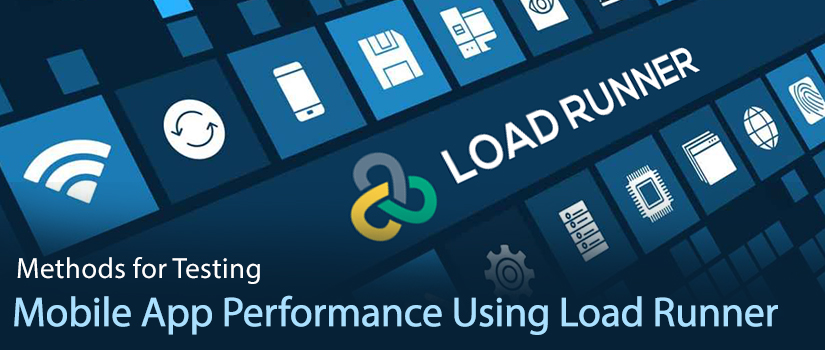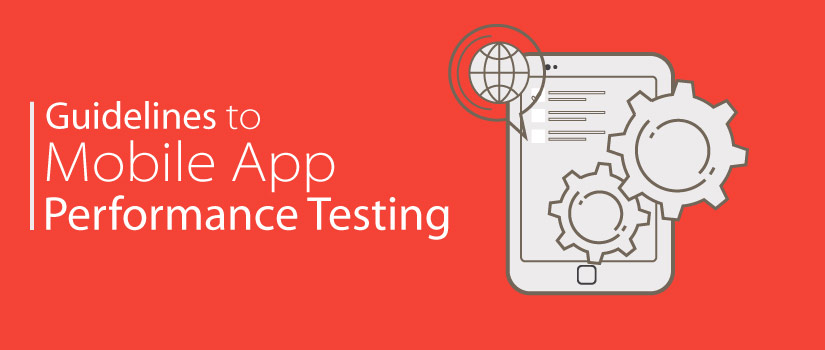People using smart phones require the mobile apps to perform with the same effectiveness as the desktop software does. Due to inundation of numerous applications in the virtual store, the competition is extremely high. As a result, robust apps are in demand that pass rigorous testing parameters. If you are an app developer, use LoadRunner for mobile applications as it works extremely well with the native version. Although web apps are tested with the help of open source platforms, it is the LoadRunner that plays an important role to enhance the capability of the mobile based software.

Testing is a complex process where numerous devices right from Android to iOS are involved. There are different versions for native and web applications, however LoadRunner can resolve all the issues with the help of certain protocols.
HTTP/HTML:
It records the browser and native scripts that query the server with the help of http/html protocols. The whole process takes place at the transport layer of the TCP/IP model. Network traffic is recorded in a separate file called PCAP and then it is used to create a visual script. Even third party emulators can be used to generate the script logic.
True client essential for native mobile:
True client technology is used to record the scripts of the browser based or hybrid mobile applications. Apps are loaded onto the mobile devices and are tested end to end mode in order to find out errors. To make the process successful, one should install mobile test center app on the device. It consists of emulators that help to perform, extensive testing and build the most memorable apps in the market.
Mobile web protocol:
The protocol plays an important role in recording the user activity in the mobile applications based on the browser scripts. The whole process takes place in the TruClient browser that is modified to be an emulator.
SMP or SAP mobile platform:
- The protocol helps the users to create .NET scripts according to their requirements an specification. Files are auto generated on SMP, however the script should not use threading as is the norm in .NET and Java environment because they might degrade the scalability of the testing process.
- In addition, threads might hamper the measurement procedure at the client’s site. Users cannot invoke functions from the thread because their behavior remains undetermined.
- In order to record the script using SMP, it is vital to generate the file such as Action.CS, Vuser_ init.cs, Vuser_end.cs.
- The user should click on the new script and solution link and select SAP mobile platform.
- Once the files are generated, they are copied into the script folder.
- After the process is completed, you should invoke the save button, close the script file and reopen the content.
- Thereafter, the location of the .DLL file needs to be added to the Shared DLL folders situated under the .NET settings located in the Run time settings menu.
- You can replay the script to watch it in action with the SMP protocol.
Therefore, LoadRunner is useful for converting captured network traffic to HTTP user script, using either the provided tools or by using conventional capturing tools which can help you produce performance scripts for mobile app performance.



